Following up with sales prospects is one of the most important—and difficult—tasks for any salesperson to get right. Outstanding follow-ups can help you stand out strongly from other salespeople that use automated emails and undifferentiated copy. In this article, I’ll go over how to follow-up with prospects effectively and creatively, including many detailed examples from my past experience.
Why are follow-ups important?
Sales is a long game. It’s rare to close a deal in a single exchange; it often takes a few messages and follow-ups to build trust, share relevant information, deepen relationships, and arrive at a buying decision. The best follow-ups show your prospects that you understand them, care about their business, and want to help regardless of whether they work with you. They can help you nurture relationships with even the busiest professionals.
Provide value in your follow-ups
Outstanding follow-ups add value to prospects by sharing relevant information, resources, or tools. Your prospects should feel that you’re genuinely trying to help them solve their problems.
The three best ways to add value to your prospects are (1) offer them exclusive access to relevant events or networks, (2) share information that helps their business, and (3) comment and offer feedback on news from their companies. Let’s go through how you can do this across different areas of content:
Share relevant digital content
1. Industry thought pieces
Thought pieces can educate prospects about new trends, industry history, or best practices for certain roles or processes. As an example, I wrote an article in 2017 about mystery (i.e., unidentified) sports fans for Brizi, a company that made fan engagement technology. My piece was relevant to many sports teams that lacked data about portions of their fan base. It also promoted my company as a provider that could help solve the problem.
Today, I work at Volley, where we help B2B SaaS Startups scale outbound sales. Here’s another example of a successful way to share an article with a sales leader:

2. Practical guides
Practical guides teach customers something useful, with the intent of helping them solve a certain problem. They can be as detailed as an e-book or as simple as a list of tips and tricks. At Crescendo, in 2019, we wrote a practical guide for companies launching DEI programs, which was a topic relevant for anyone in our ICP. This guide ended up being shared consistently in community groups by HR & DEI professionals, became #1 ranked on Google for multiple relevant searches, and generating hundreds of leads for us.
3. Case studies
Case studies showcase how your products have helped people solve problems, saving time, money, or resources. This can help your prospects learn from others’ experiences and envision how they might benefit from your services. I often embed video case studies directly into emails. Here is an example of a case study from a Clay customer.
4. In-depth analyses of research
Have you conducted unique conversations, research, or analyses that your prospects can learn from? It’s likely that you came across valuable information while honing your own customer base or ICP. Sharing this research can resonate with prospects who want to learn about a particular space, even before they’re looking for a solution.
For example, when I was at Crescendo, I had hundreds of conversations with HR and DEI professionals to understand their goals & challenges. We used my unique research to create the guide I referenced earlier and deliver a talk to educators about our findings. Offering unique business insights or questions like this is a great way to add value while building credibility.
5. Podcasts
Launching a podcast can help youbuild relationships with influential people within your industry while also helping people in your ICP learn from peer experiences. We launched a podcast at Crescendo to interview DEI leaders at tech companies about their practical, relevant experiences. As a result, we closed deals with 2 podcast guests and got introductions to other warm leads.
6. Product comparisons
Product comparisons demonstrate how your product is a better choice than competitors. When I was deciding what platform to use for my personal website, for example, I came across this excellent product comparison piece from Shopify. They nailed the positioning of their offering in comparison to Webflow and highlighted the key features that were important to me.
Invite your prospects to events
People like to feel included in “insider groups” with special access to highly specific information, people, or events based on their work. Inviting prospects to an event is a great way to set up multiple valuable touchpoints— including the pre-event communication, the event, and follow-ups.
1. Online webinars.
Webinars can educate your audience while promoting your products. You can use live sessions to demonstrate relevant pain points and build trust. When Covid was starting, we participated in a webinar to share remote tools that could help HR and DEI professionals. It was a highly relevant problem for teams in our ICP, as their in-person event trainings had been paused during the pandemic.
2. Virtual roundtables.
A virtual roundtable focuses on small group discussions with a facilitator (as opposed to webinars, which often focus on single presenters). These events help you connect with several people at once. Since there are no travel expenses, these roundtables can be much more cost effective than live conferences.
At Crescendo, we hosted a dozen HR leaders in a virtual roundtable with a big list of prompting questions that helped them share their professional challenges. We took notes and then shared a summary Google Doc with all participants afterwards. This content picked up huge amounts of traction—it was viewed and shared by people across the entire continent within weeks.
3. In-person roundtable dinner.
In person roundtables are a great chance for multiple people who fit your ICP to get together over dinner to discuss their challenges in an intimate setting— often with wine or beer on tap! These events allow people who don't normally interact to exchange ideas. It’s a great way to build relationships with decision-makers in an organic and casual setting.
When I was the sales lead at Crescendo, a company selling diversity & inclusion software, I hosted a small roundtable dinner in NYC for DEI executives at large tech companies. I made sure a few friends confirmed to attend so I could mention a few recognizable brands and build a feeling of scarcity. We focused on a common pain point: scaling DEI programs across thousands of employees. We built some really strong relationships with influential DEI practitioners, had 4 follow up demos, and ended up closing a large enterprise deal with one of the dinner attendees. Here’s an example of a LinkedIn message I sent to a prospect about the event:

4. Conference meetup.
If you know that a large group of people that fit your ICP are attending a conference, organizing a parallel meetup is an excellent way to build relationships. You can send invitations via email or LinkedIn before the conference and use it as a call to action in live conversations with people at the conference itself.
For example, during the evening of Slack’s user conference in SF, I hosted a panel and invited a select group of HR and DEI professionals at the conference. I got a few friendly contacts to speak on a panel, which drew their peers to the event as well.
Send messages that reference past conversations
Any discussion you’ve had with a prospect, whether via email, LinkedIn, or a meeting, can give you useful information for future follow-ups.
1. Share new features or product releases
Your prospects may feel that your product lacks certain key functions that they need. Share their feedback with your product team! If your company updates your product with the requested feature, re-engage your prospects and share the news.
2. Share pricing updates or promotions
Sometimes prospects won’t move forward with a contract because they’re busy or distracted. To create urgency to buy, you can use time-based promotions or sales to incentivize them to make a decision faster.
3. Reply to news about prospects’ companies
When prospects share content about their business on social media, DM or email them with a thoughtful comment or question about their post. For example, I recently worked with a client who wanted to target prospects who were Directors of Data Science, to help them clean up their pipelines. One prospect’s company recently shared news of merging with another bank, so we messaged them: “Noticed the transfer of customer accounts over to BoI from KBC and that one of your priorities is to clear blockers in AI development pipelines. I imagine there might be some data cleanliness & quality concerns in the process of this transfer - is that something on your mind right now?”
Channels to use when sending follow-ups
Once you’ve decided what to say and how, you need to choose a channel. Go where your ideal customers spend most of their time online.
Email is a powerful tool for following up with prospects—consider using video, images, or contextual text to make your emails hit their mark.
A. Personalized Video
Vidyard has excellent recommendations about how to make sales videos for prospects. Use a title and short description that sparks curiosity and illustrates the value you’ll provide.
B. Images & GIFs
Images or GIFs can help vary the content people see in their inboxes—especially if you take an entertaining or humorous approach to your messaging. Corporate Bro does an excellent job with his content, making fun of the problems experienced by salespeople. You can consider a tool like Vidu, a platform for creating personalized GIFs at scale in sales emails.
C. Text-based
It’s completely fine to use text-only follow-ups, especially for larger enterprises or highly regulated industries that have strict email policies that may block URLs and images. Use short emails that are personalized and well-researched!
A. Send a connection request
After a lot of experimentation, I’ve found that the best-performing connection requests are either blank or include a short personalized note that references the prospect’s identity. For example, I used the following message to reach out to revenue leaders who had keywords on their profile related to being open-minded or curious:

B. Engage with someone’s content
When someone posts about a topic relevant to your product, comment on it in a relevant way that contributes to the conversation. Do not be spammy or pitch your services in a way that feels self-serving. Instead, share some sort of valuable insight, data point, or solution to a problem. This will highlight your expertise and your product without explicitly sounding “sales-y.”
C. Send a voice note
After someone has accepted a connection request, consider using a LinkedIn voice note to send them a quick, personalized message. Here’s an example: "I saw your post about the new promotion—amazing how you turned around the inbound lead generation strategy last year and for it to be recognized by your leadership team!"
The best follow-ups are personalized and relevant
Find unique information about your prospect or their company
When you're sending out a follow-up, find something unique to that person and mention it in your email. For example, if you notice that a LinkedIn contact was recently promoted to marketing manager, see if you can uncover the successes that led to their promotion on LinkedIn and give them a specific compliment.
Create relevance
Link your prospect strongly to your company or reason for connecting. In the case above, if your LinkedIn contact's work helped increase his company’s qualified inbound leads, make sure to mention that your company helps teams scale their inbound lead generation. Position yourself as someone that solves problems that your prospects will experience as their strategy advances.
Prioritize building rapport
Building rapport and demonstrating empathy and curiosity goes a long way. Try to highlight similarities, show respect for their time, and ask good questions! In our example above, you could mention your personal experience being promoted to a managerial role and ask if your prospect has considered how he’ll prepare his team to scale inbound leads.
Automate and organize large volumes of outreach:
When you’re doing a large amount of outreach, it’s very easy to forget who you last engaged—and when. Here are a few tips to help you stay organized.
Use timeline-based follow ups:
1. Use CRM reminders & workflows
HubSpot and Salesforce let you create automatic tasks and reminders for keeping in touch with potential customers. A few of the most helpful are:
- Length of time in a sales process stage: Create a follow-up task when a prospect has been in the “Discovery” stage of your sales process for more than 3 weeks.
- Length of time since the last touchpoint: Create a follow-up task when a prospect tagged as a lead hasn’t been engaged with for more than a week.
- Lead score formula based on content engagement: Set up engagement tracking across all the content and marketing activities. You can do this easily in HubSpot. Assign prospects scores based on the number of interactions they’ve had with your content. Prioritize prospects above certain threshold scores for research & outreach.
2. Nurture sequences
Pre-build emails and tasks that highlight specific pieces of content, like webinars, feature launches, industry use cases, or job responsibility pain points. Create lists of prospects based on your list categories. For example, track the prospects who request a certain feature so that you’re ready to email them when you have relevant updates.
Use trigger-based follow-ups:
Trigger-based follow-ups are when you reach out to someone based on activity that isn’t connected to your company. Here are a few helpful tools:
1. Track prospects with LinkedIn SalesNavigator Social Feed
On SalesNavigator, you can decide what notifications you want to receive per prospect, such as job changes, posts about specific topics, etc.
2. Track company events with Owler or Crunchbase
Lead research platforms like Owler or Crunchbase can help you get updates about company events and changes, like fundraising, workforce growth, new product launches, and more.
3. Track social profile changes with Clay
You can use Clay’s integrations to see when people change jobs, change companies, or update their professional profiles. You can even program automated messages to go out based on these changes. Here is a tutorial video on how to do this.
Wrapping it up
In sum, it’s important to have personalized, relevant, and timely follow-ups with prospects that are high-value potential customers. You have a plethora of options, including event invites, webinars, industry research, and personal messages about life or work changes. Make sure you reach out in a way that adds value—don’t just follow-up for the sake of one extra touchpoint. Successful follow ups can create very positive brand experiences and keep you top of mind for your prospects. Good luck!
Following up with sales prospects is one of the most important—and difficult—tasks for any salesperson to get right. Outstanding follow-ups can help you stand out strongly from other salespeople that use automated emails and undifferentiated copy. In this article, I’ll go over how to follow-up with prospects effectively and creatively, including many detailed examples from my past experience.
Why are follow-ups important?
Sales is a long game. It’s rare to close a deal in a single exchange; it often takes a few messages and follow-ups to build trust, share relevant information, deepen relationships, and arrive at a buying decision. The best follow-ups show your prospects that you understand them, care about their business, and want to help regardless of whether they work with you. They can help you nurture relationships with even the busiest professionals.
Provide value in your follow-ups
Outstanding follow-ups add value to prospects by sharing relevant information, resources, or tools. Your prospects should feel that you’re genuinely trying to help them solve their problems.
The three best ways to add value to your prospects are (1) offer them exclusive access to relevant events or networks, (2) share information that helps their business, and (3) comment and offer feedback on news from their companies. Let’s go through how you can do this across different areas of content:
Share relevant digital content
1. Industry thought pieces
Thought pieces can educate prospects about new trends, industry history, or best practices for certain roles or processes. As an example, I wrote an article in 2017 about mystery (i.e., unidentified) sports fans for Brizi, a company that made fan engagement technology. My piece was relevant to many sports teams that lacked data about portions of their fan base. It also promoted my company as a provider that could help solve the problem.
Today, I work at Volley, where we help B2B SaaS Startups scale outbound sales. Here’s another example of a successful way to share an article with a sales leader:

2. Practical guides
Practical guides teach customers something useful, with the intent of helping them solve a certain problem. They can be as detailed as an e-book or as simple as a list of tips and tricks. At Crescendo, in 2019, we wrote a practical guide for companies launching DEI programs, which was a topic relevant for anyone in our ICP. This guide ended up being shared consistently in community groups by HR & DEI professionals, became #1 ranked on Google for multiple relevant searches, and generating hundreds of leads for us.
3. Case studies
Case studies showcase how your products have helped people solve problems, saving time, money, or resources. This can help your prospects learn from others’ experiences and envision how they might benefit from your services. I often embed video case studies directly into emails. Here is an example of a case study from a Clay customer.
4. In-depth analyses of research
Have you conducted unique conversations, research, or analyses that your prospects can learn from? It’s likely that you came across valuable information while honing your own customer base or ICP. Sharing this research can resonate with prospects who want to learn about a particular space, even before they’re looking for a solution.
For example, when I was at Crescendo, I had hundreds of conversations with HR and DEI professionals to understand their goals & challenges. We used my unique research to create the guide I referenced earlier and deliver a talk to educators about our findings. Offering unique business insights or questions like this is a great way to add value while building credibility.
5. Podcasts
Launching a podcast can help youbuild relationships with influential people within your industry while also helping people in your ICP learn from peer experiences. We launched a podcast at Crescendo to interview DEI leaders at tech companies about their practical, relevant experiences. As a result, we closed deals with 2 podcast guests and got introductions to other warm leads.
6. Product comparisons
Product comparisons demonstrate how your product is a better choice than competitors. When I was deciding what platform to use for my personal website, for example, I came across this excellent product comparison piece from Shopify. They nailed the positioning of their offering in comparison to Webflow and highlighted the key features that were important to me.
Invite your prospects to events
People like to feel included in “insider groups” with special access to highly specific information, people, or events based on their work. Inviting prospects to an event is a great way to set up multiple valuable touchpoints— including the pre-event communication, the event, and follow-ups.
1. Online webinars.
Webinars can educate your audience while promoting your products. You can use live sessions to demonstrate relevant pain points and build trust. When Covid was starting, we participated in a webinar to share remote tools that could help HR and DEI professionals. It was a highly relevant problem for teams in our ICP, as their in-person event trainings had been paused during the pandemic.
2. Virtual roundtables.
A virtual roundtable focuses on small group discussions with a facilitator (as opposed to webinars, which often focus on single presenters). These events help you connect with several people at once. Since there are no travel expenses, these roundtables can be much more cost effective than live conferences.
At Crescendo, we hosted a dozen HR leaders in a virtual roundtable with a big list of prompting questions that helped them share their professional challenges. We took notes and then shared a summary Google Doc with all participants afterwards. This content picked up huge amounts of traction—it was viewed and shared by people across the entire continent within weeks.
3. In-person roundtable dinner.
In person roundtables are a great chance for multiple people who fit your ICP to get together over dinner to discuss their challenges in an intimate setting— often with wine or beer on tap! These events allow people who don't normally interact to exchange ideas. It’s a great way to build relationships with decision-makers in an organic and casual setting.
When I was the sales lead at Crescendo, a company selling diversity & inclusion software, I hosted a small roundtable dinner in NYC for DEI executives at large tech companies. I made sure a few friends confirmed to attend so I could mention a few recognizable brands and build a feeling of scarcity. We focused on a common pain point: scaling DEI programs across thousands of employees. We built some really strong relationships with influential DEI practitioners, had 4 follow up demos, and ended up closing a large enterprise deal with one of the dinner attendees. Here’s an example of a LinkedIn message I sent to a prospect about the event:

4. Conference meetup.
If you know that a large group of people that fit your ICP are attending a conference, organizing a parallel meetup is an excellent way to build relationships. You can send invitations via email or LinkedIn before the conference and use it as a call to action in live conversations with people at the conference itself.
For example, during the evening of Slack’s user conference in SF, I hosted a panel and invited a select group of HR and DEI professionals at the conference. I got a few friendly contacts to speak on a panel, which drew their peers to the event as well.
Send messages that reference past conversations
Any discussion you’ve had with a prospect, whether via email, LinkedIn, or a meeting, can give you useful information for future follow-ups.
1. Share new features or product releases
Your prospects may feel that your product lacks certain key functions that they need. Share their feedback with your product team! If your company updates your product with the requested feature, re-engage your prospects and share the news.
2. Share pricing updates or promotions
Sometimes prospects won’t move forward with a contract because they’re busy or distracted. To create urgency to buy, you can use time-based promotions or sales to incentivize them to make a decision faster.
3. Reply to news about prospects’ companies
When prospects share content about their business on social media, DM or email them with a thoughtful comment or question about their post. For example, I recently worked with a client who wanted to target prospects who were Directors of Data Science, to help them clean up their pipelines. One prospect’s company recently shared news of merging with another bank, so we messaged them: “Noticed the transfer of customer accounts over to BoI from KBC and that one of your priorities is to clear blockers in AI development pipelines. I imagine there might be some data cleanliness & quality concerns in the process of this transfer - is that something on your mind right now?”
Channels to use when sending follow-ups
Once you’ve decided what to say and how, you need to choose a channel. Go where your ideal customers spend most of their time online.
Email is a powerful tool for following up with prospects—consider using video, images, or contextual text to make your emails hit their mark.
A. Personalized Video
Vidyard has excellent recommendations about how to make sales videos for prospects. Use a title and short description that sparks curiosity and illustrates the value you’ll provide.
B. Images & GIFs
Images or GIFs can help vary the content people see in their inboxes—especially if you take an entertaining or humorous approach to your messaging. Corporate Bro does an excellent job with his content, making fun of the problems experienced by salespeople. You can consider a tool like Vidu, a platform for creating personalized GIFs at scale in sales emails.
C. Text-based
It’s completely fine to use text-only follow-ups, especially for larger enterprises or highly regulated industries that have strict email policies that may block URLs and images. Use short emails that are personalized and well-researched!
A. Send a connection request
After a lot of experimentation, I’ve found that the best-performing connection requests are either blank or include a short personalized note that references the prospect’s identity. For example, I used the following message to reach out to revenue leaders who had keywords on their profile related to being open-minded or curious:

B. Engage with someone’s content
When someone posts about a topic relevant to your product, comment on it in a relevant way that contributes to the conversation. Do not be spammy or pitch your services in a way that feels self-serving. Instead, share some sort of valuable insight, data point, or solution to a problem. This will highlight your expertise and your product without explicitly sounding “sales-y.”
C. Send a voice note
After someone has accepted a connection request, consider using a LinkedIn voice note to send them a quick, personalized message. Here’s an example: "I saw your post about the new promotion—amazing how you turned around the inbound lead generation strategy last year and for it to be recognized by your leadership team!"
The best follow-ups are personalized and relevant
Find unique information about your prospect or their company
When you're sending out a follow-up, find something unique to that person and mention it in your email. For example, if you notice that a LinkedIn contact was recently promoted to marketing manager, see if you can uncover the successes that led to their promotion on LinkedIn and give them a specific compliment.
Create relevance
Link your prospect strongly to your company or reason for connecting. In the case above, if your LinkedIn contact's work helped increase his company’s qualified inbound leads, make sure to mention that your company helps teams scale their inbound lead generation. Position yourself as someone that solves problems that your prospects will experience as their strategy advances.
Prioritize building rapport
Building rapport and demonstrating empathy and curiosity goes a long way. Try to highlight similarities, show respect for their time, and ask good questions! In our example above, you could mention your personal experience being promoted to a managerial role and ask if your prospect has considered how he’ll prepare his team to scale inbound leads.
Automate and organize large volumes of outreach:
When you’re doing a large amount of outreach, it’s very easy to forget who you last engaged—and when. Here are a few tips to help you stay organized.
Use timeline-based follow ups:
1. Use CRM reminders & workflows
HubSpot and Salesforce let you create automatic tasks and reminders for keeping in touch with potential customers. A few of the most helpful are:
- Length of time in a sales process stage: Create a follow-up task when a prospect has been in the “Discovery” stage of your sales process for more than 3 weeks.
- Length of time since the last touchpoint: Create a follow-up task when a prospect tagged as a lead hasn’t been engaged with for more than a week.
- Lead score formula based on content engagement: Set up engagement tracking across all the content and marketing activities. You can do this easily in HubSpot. Assign prospects scores based on the number of interactions they’ve had with your content. Prioritize prospects above certain threshold scores for research & outreach.
2. Nurture sequences
Pre-build emails and tasks that highlight specific pieces of content, like webinars, feature launches, industry use cases, or job responsibility pain points. Create lists of prospects based on your list categories. For example, track the prospects who request a certain feature so that you’re ready to email them when you have relevant updates.
Use trigger-based follow-ups:
Trigger-based follow-ups are when you reach out to someone based on activity that isn’t connected to your company. Here are a few helpful tools:
1. Track prospects with LinkedIn SalesNavigator Social Feed
On SalesNavigator, you can decide what notifications you want to receive per prospect, such as job changes, posts about specific topics, etc.
2. Track company events with Owler or Crunchbase
Lead research platforms like Owler or Crunchbase can help you get updates about company events and changes, like fundraising, workforce growth, new product launches, and more.
3. Track social profile changes with Clay
You can use Clay’s integrations to see when people change jobs, change companies, or update their professional profiles. You can even program automated messages to go out based on these changes. Here is a tutorial video on how to do this.
Wrapping it up
In sum, it’s important to have personalized, relevant, and timely follow-ups with prospects that are high-value potential customers. You have a plethora of options, including event invites, webinars, industry research, and personal messages about life or work changes. Make sure you reach out in a way that adds value—don’t just follow-up for the sake of one extra touchpoint. Successful follow ups can create very positive brand experiences and keep you top of mind for your prospects. Good luck!





















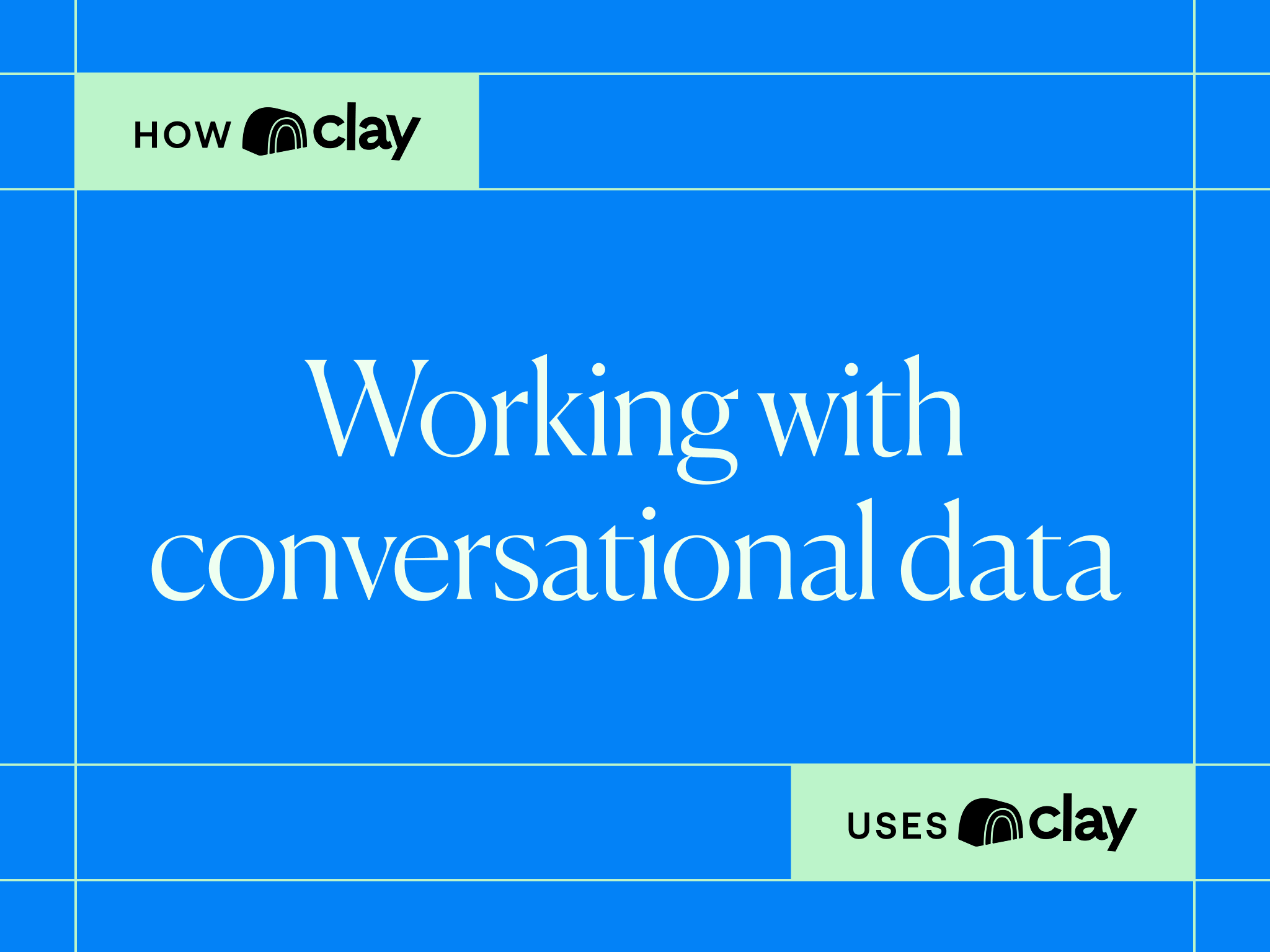
.png)



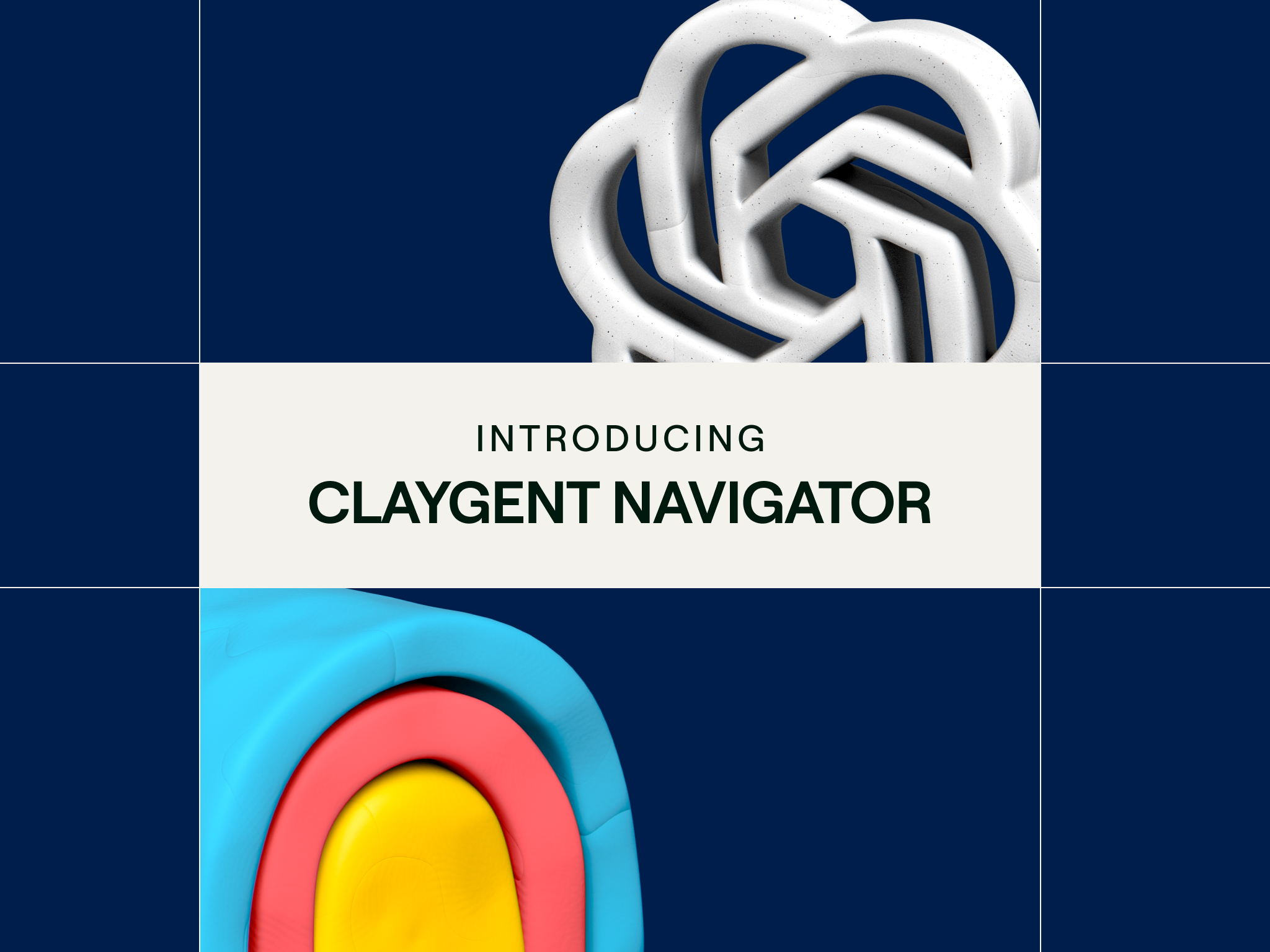
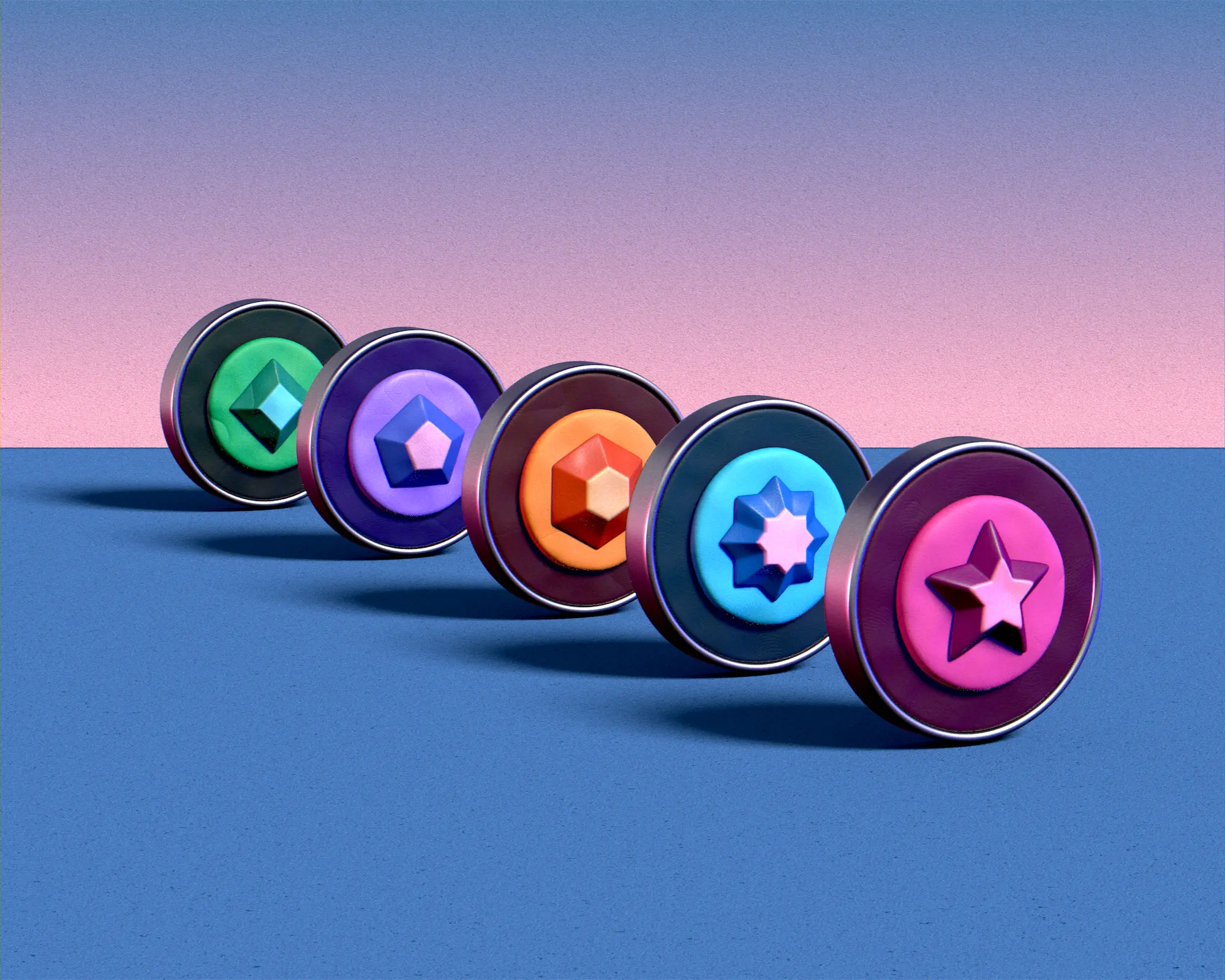




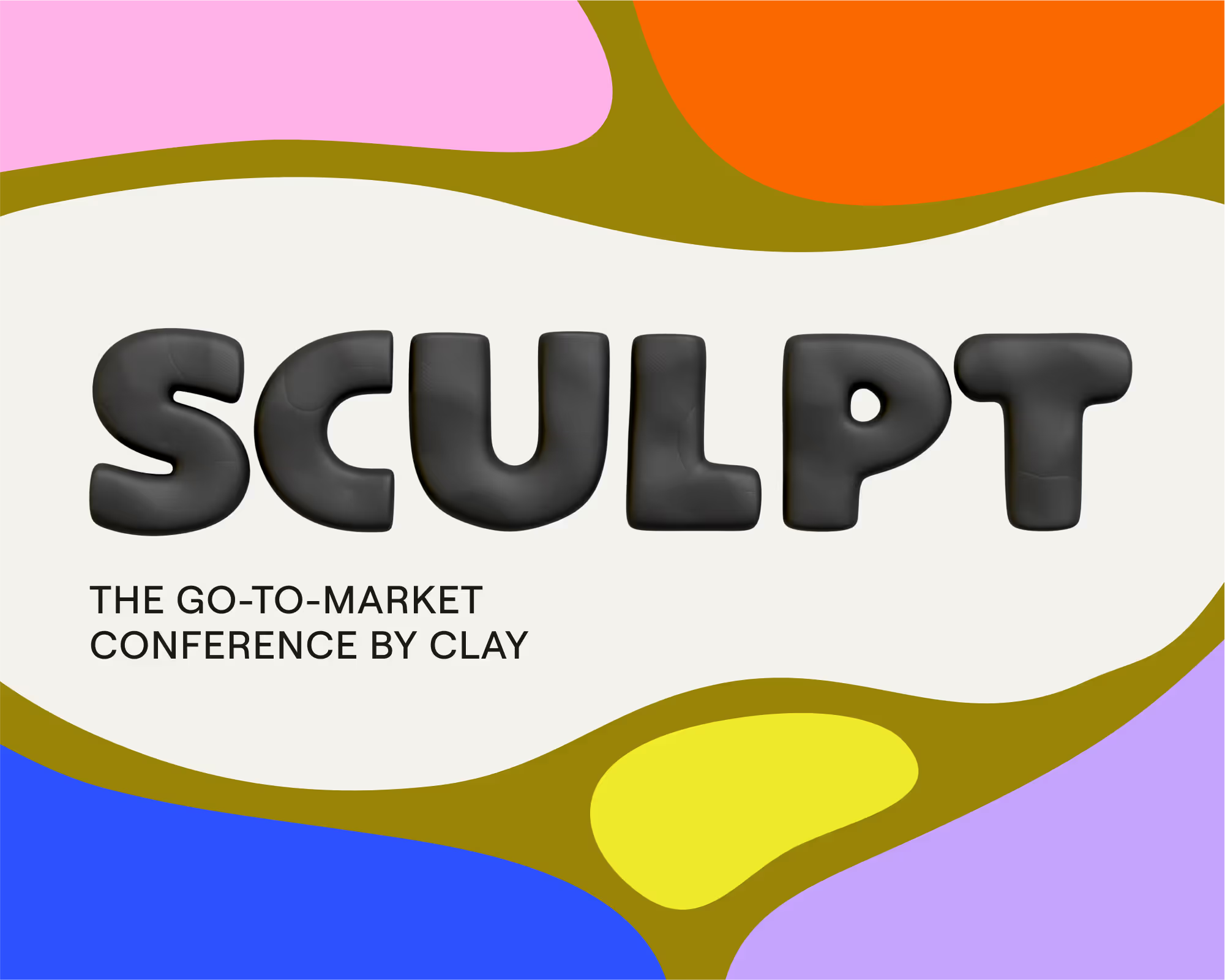
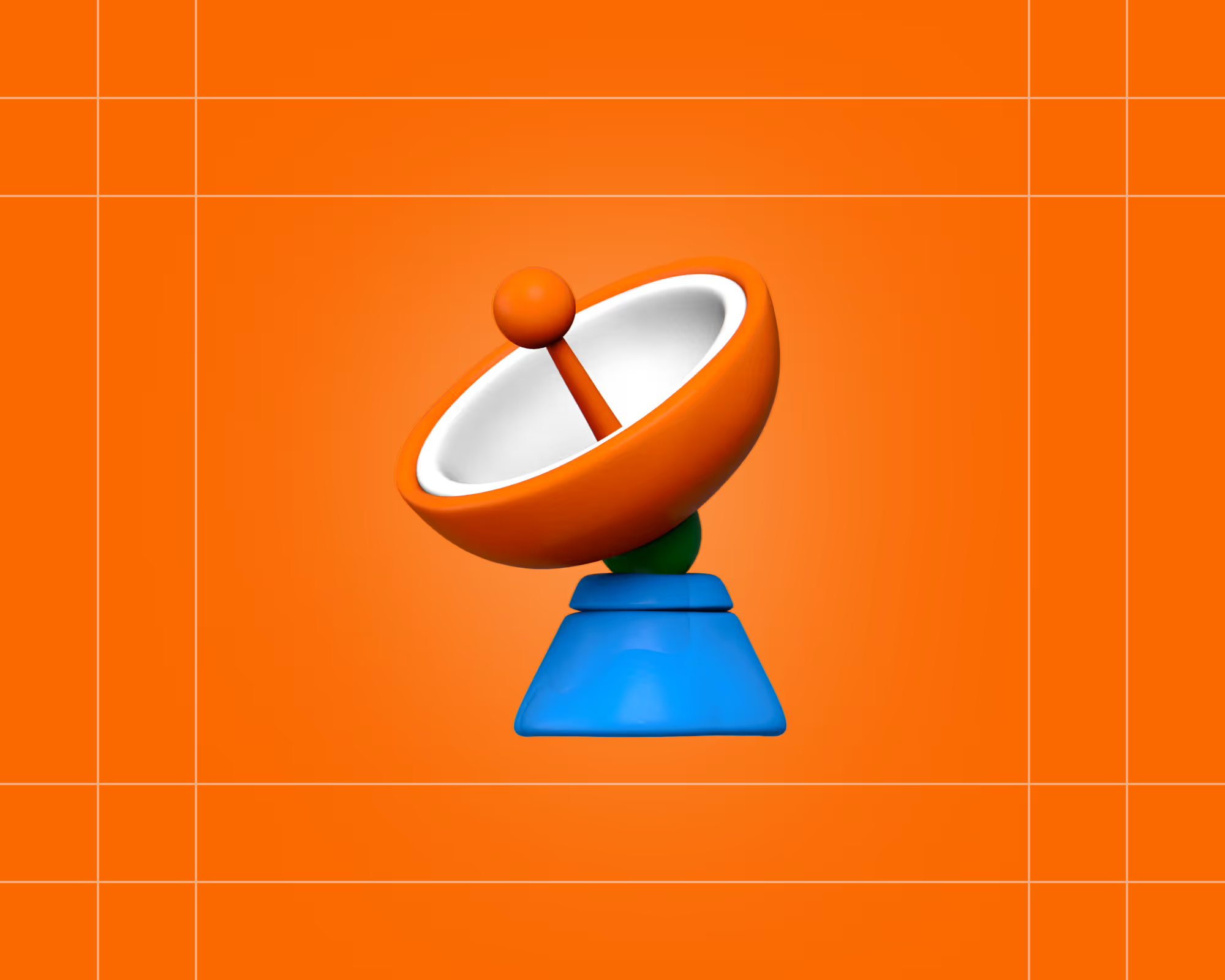

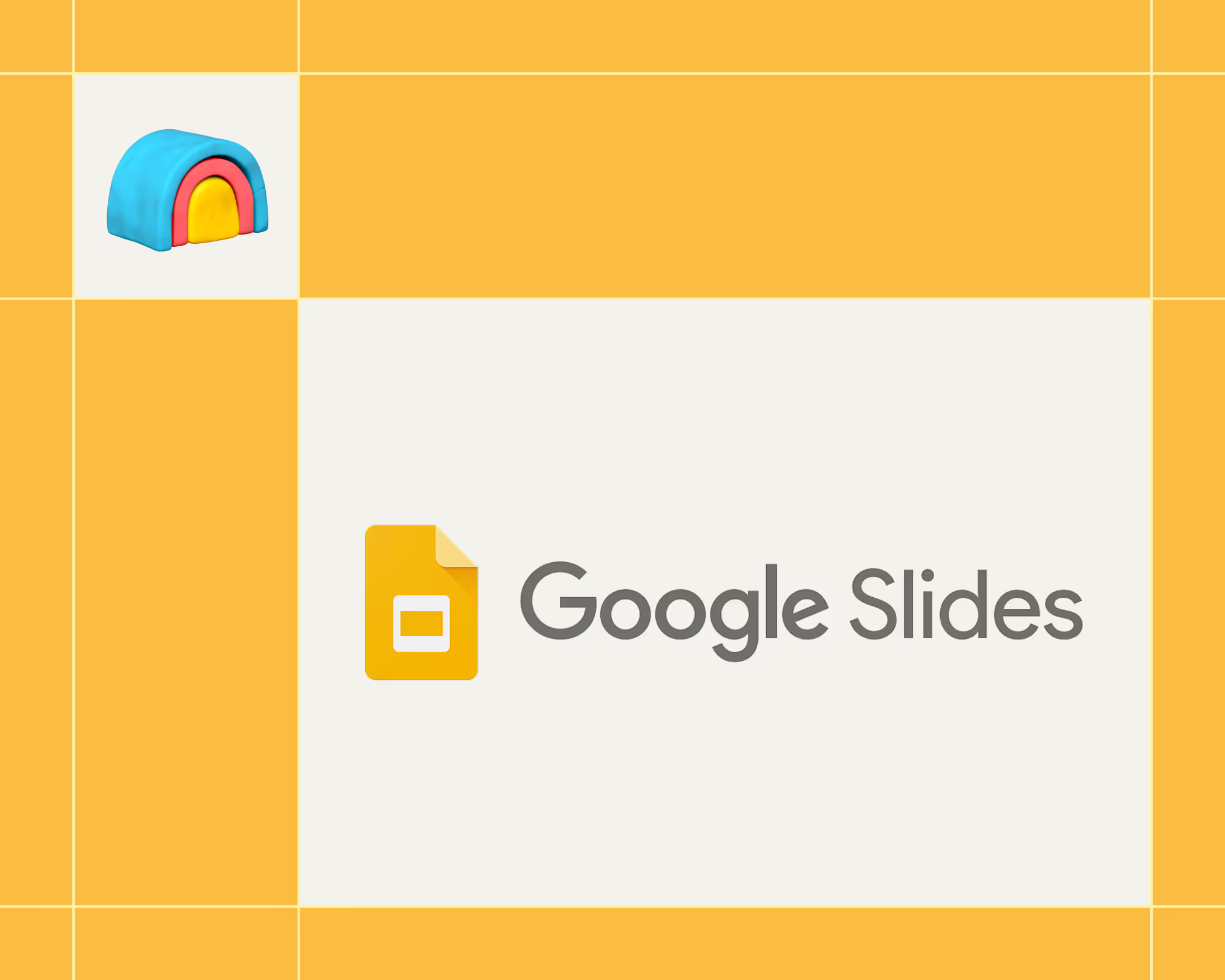
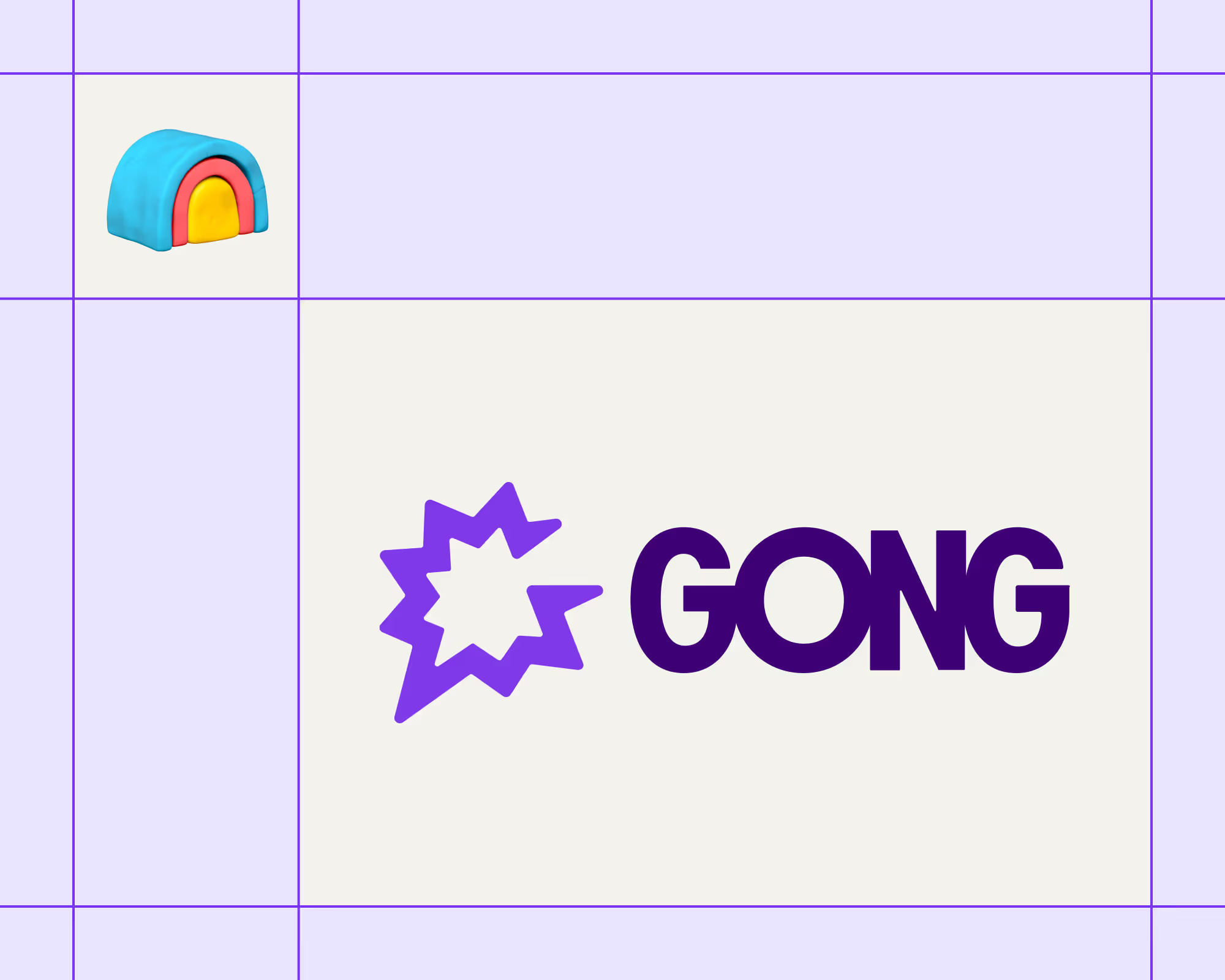

.avif)











.avif)
.avif)





















































